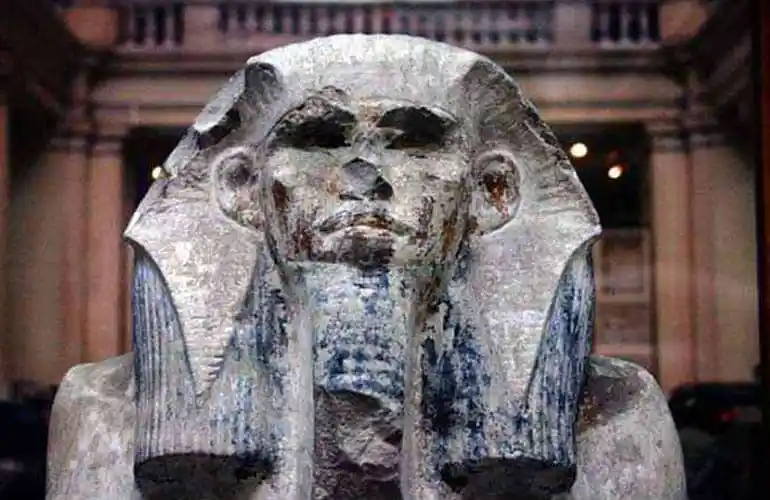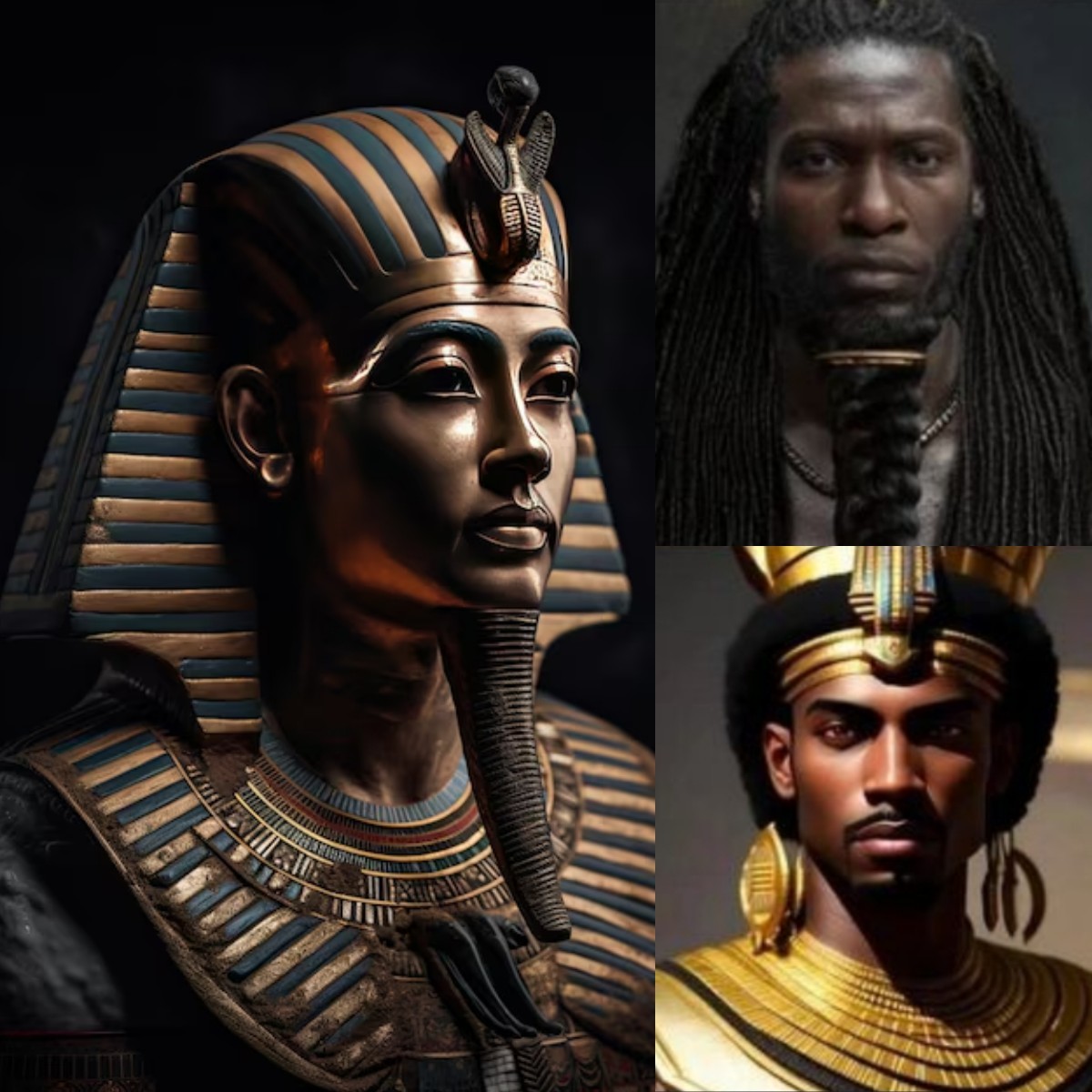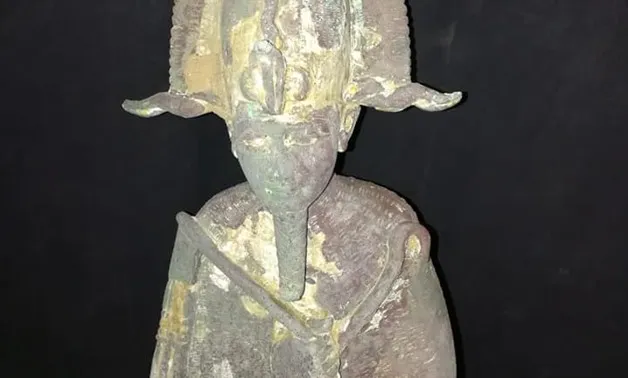Reconstruction of King Djoser, also known as Netjerikhet, was the second King of the 3rd Dynasty (ca. 2650-2575 BC) of ancient Kemet
The painted limestone statue of Zoser, now in the Egyptian Museum in Cairo, is the oldest known life-size Egyptian statue. The statue was found during the Antiquities Service’s excavations of 1924-1925. Today, at the site in Saqqara where it was found, a plaster copy of the statue stands in place of the original.

In contemporary inscriptions he is called Netjerikhet, meaning “divine in body.” Later sources, including a New Kingdom reference to his construction, help confirm that Netjerikhet and Zoser are the same person.
While Manetho names Necherophes and the Turin King List names Nebka as the first ruler of the Third Dynasty, many Egyptologists now believe that Zoser was the first king of this Dynasty, pointing out that the order in which some of Khufu’s predecessors are mentioned in the Westcar Papyrus suggests that Nebka should be placed between Zoser and Huni, not before Zoser. More significantly, the English Egyptologist Toby Wilkinson has shown that funerary seals found at the entrance to the tomb of Khasekhemwy at Abydos mention only Zoser and not Nebka. This supports the view that Zoser buried and directly succeeded Khasekhemwy rather than Nebka.
Family

Djoser is linked to Khasekhemwy, the last king of the Second Dynasty of Egypt, through his wife Queen Nimaethap (Nimaat-hap), via seals found in Khasekhemwy’s tomb and at Beit Khallaf. The Abydos seal names Nimaat-hap as the “mother of the king’s sons, Nimaat-hap.” In mastaba K1 at Beit Khallaf, the same person is mentioned as the “mother of the dual king.” The dating of other seals at the Beit Khallaf site places them in the reign of Zoser. This evidence suggests that Khasekhemwy is Zoser’s direct father or that Nimaat-hap had him through a previous husband. German Egyptologist Gunter Dreyer found Zoser’s sealings in Khasekhemwy’s tomb, further suggesting that Zoser was Khasekhemwy’s direct successor and that he finished the construction of the tomb.
His cult seems to have been still active in the later reign of Snefru.
Hetephernebti is identified as one of Zoser’s queens “on a series of boundary stelae from the Step Pyramid enclosure (now in several museums) and a relief fragment from a building at Hermopolis” now in the Egyptian Museum in Turin.
Inetkawes was his only daughter known by name. A third royal wife was also attested during Zoser’s reign, but her name was destroyed. Zoser’s relationship with his successor, Sekhemkhet, is unknown, and the date of his death is uncertain.

Reign
The lands of Upper and Lower Egypt were united into a single kingdom around 2686 BC. The period following the unification of the crowns was one of prosperity, marked by the beginning of the Third Dynasty and the Old Kingdom of Egypt. The exact identity of the founder of the dynasty is a matter of debate due to the fragmentary nature of records from the time. Zoser is a leading candidate for the founder of the Third Dynasty. Other candidates include Nebka and Sanakht. Possibly complicating matters further is that Nebka and Sanakht refer to the same person.
Egyptologist Toby Wilkinson believes that the weight of archaeological evidence favours Zoser (Netjerikhet) as Khasekhemwy’s successor and founder of the Third Dynasty. A seal from Khasekhemwy’s tomb at Abydos, combined with a seal from mastaba K1 at Beit Khallaf dating to Djoser’s reign, links the two pharaohs as father and son respectively. The Abydos seal names a ‘Nimaat-hap’ as the mother of Khasekhemwy’s sons, while the other seal at Beit Khallaf names the same person as the ‘mother of the dual king’. Further archaeological evidence linking the reigns of the two pharaohs is found at Shunet et-Zebib, suggesting that Zoser oversaw the burial of his predecessor. The stone ritual vessels found at the tomb sites (Khasekhemwy’s tomb at Abydos and Djoser’s tomb at Saqqara) of the two pharaohs also appear to have come from the same collection, as samples from both sites contain identical images of the god Min. This archaeological evidence is complemented by at least one historical source, the Saqqara king list, which names Zoser as Beby’s immediate successor, a misinterpretation of Khasekhemwy.






